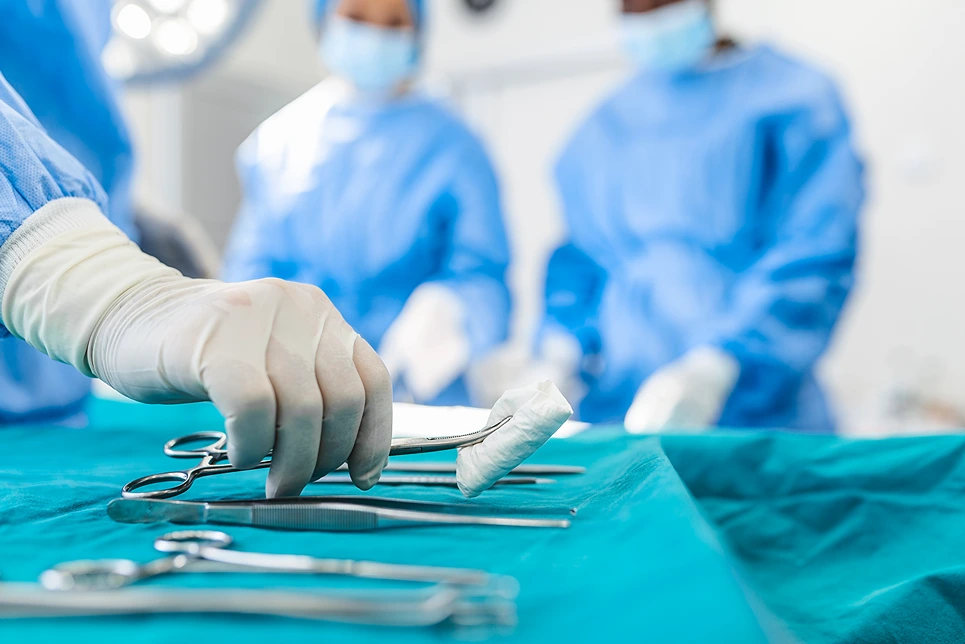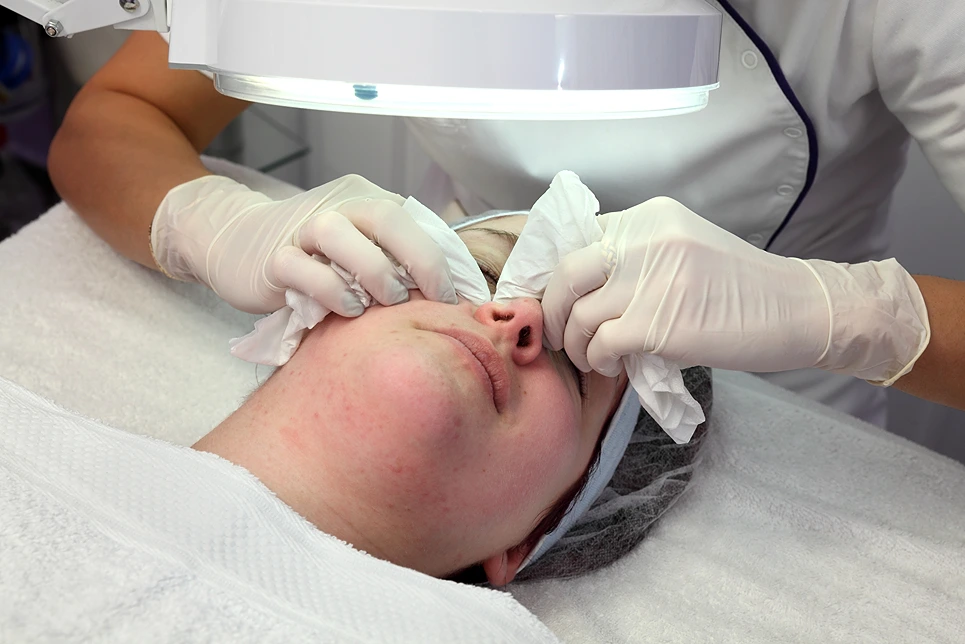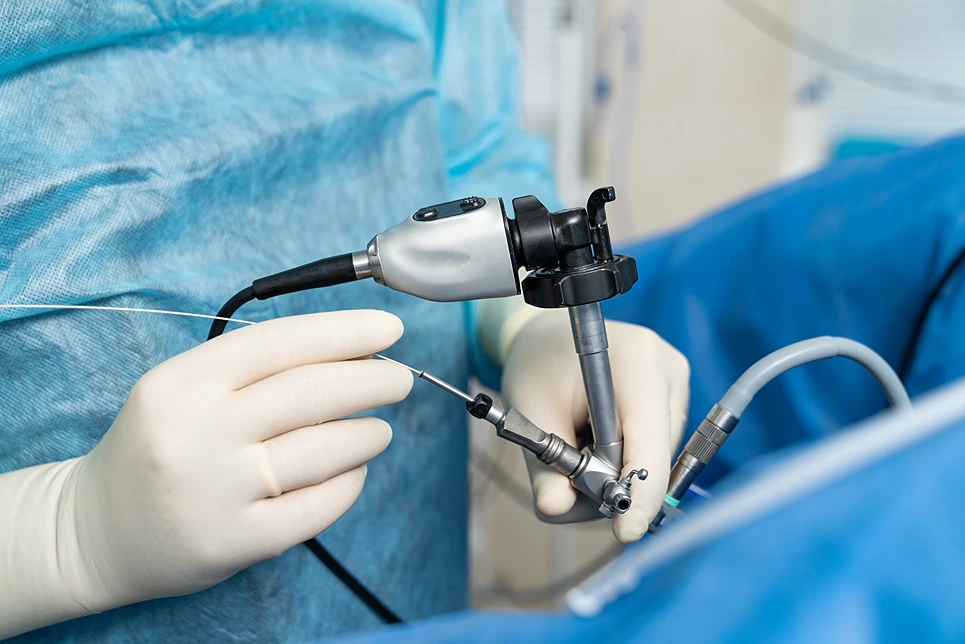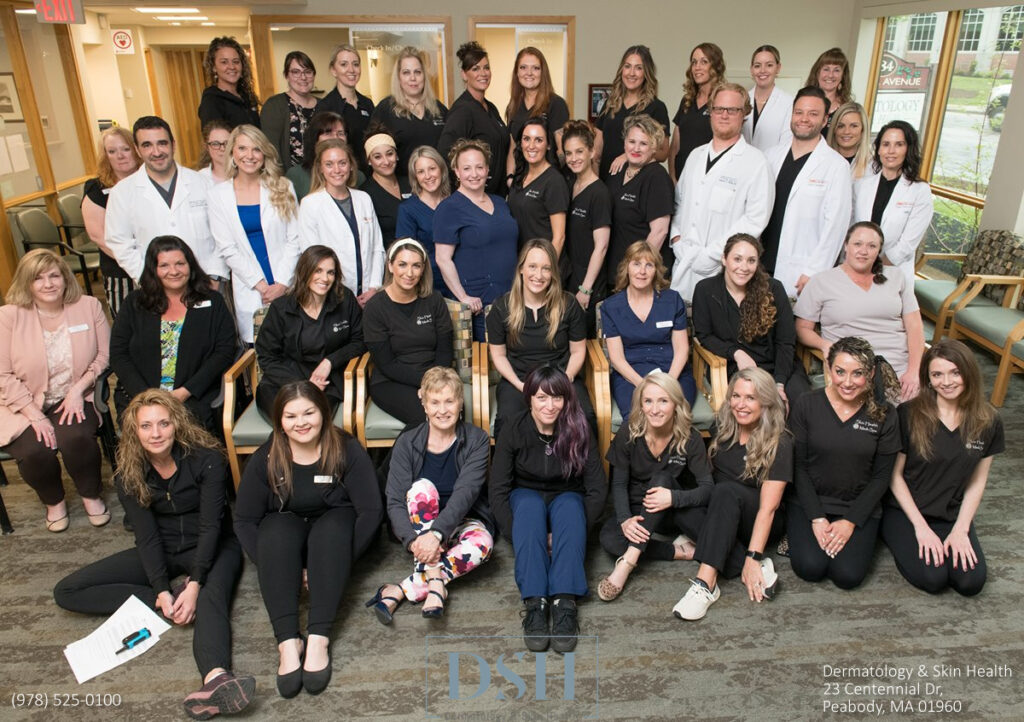


Mohs surgery is recommended for severely dysplastic nevi due to their increased risk of becoming melanoma, while milder forms may only require monitoring or simple excision. Mohs surgery aims to precisely remove abnormal tissue while preserving healthy skin.
Mohs surgery offers a more effective treatment option for dysplastic nevi compared to other methods due to its ability to carefully evaluate each layer for cancer cells while minimizing the removal of healthy tissue. This makes it a preferred choice for individuals dealing with dysplastic nevus syndrome.
When considering treatment options for atypical mole syndrome, it's important to understand that Mohs surgery provides a specialized and effective outpatient treatment option.
Dermatologists may recommend Mohs surgery for the surgical removal of dysplastic nevi, as it allows for a thorough and careful evaluation of each layer, ensuring the best chance for a cure.
Regular skin exams are also crucial for those with atypical mole syndrome, as they help in the early detection and management of dysplastic nevi.
No, Mohs surgery may not always be necessary. A positive biopsy indicates atypical melanocytic cells, but it doesn't automatically mean that Mohs surgery is the immediate course of action. Healthcare providers assess individual cases to determine the most suitable treatment approach.
In some instances, close monitoring and regular skin checks may be sufficient without the need for Mohs surgery.
However, if the biopsy reveals signs of melanoma or if the dysplastic nevus shows concerning characteristics, then Mohs surgery may be recommended. Dermatologists, as primary managers of dysplastic nevi, play a crucial role in providing guidance on whether Mohs surgery is necessary for a specific case.
Regular surveillance and open communication with healthcare providers are essential in managing dysplastic nevi effectively.

Factors that influence the decision to use Mohs surgery for dysplastic nevi include family history, size and appearance of the nevi, signs of potential melanoma, the number of nevi, and diagnostic challenges.
Here's what to consider:
Yes, a type of Mohs surgery, such as Slow Mohs surgery, may be used for atypical moles with a higher risk of developing into skin cancer.
Slow Mohs surgery involves a modified technique with overnight tissue processing, providing a more accurate evaluation of malignant melanoma cells and the best chance for a cure. This method minimizes the removal of healthy tissue and is an effective treatment option for dysplastic nevi.
Consulting with a dermatologist to determine the most appropriate type of Mohs surgery based on individual circumstances is crucial in addressing the risk associated with dysplastic nevi.
During a Mohs surgery procedure for dysplastic nevi, thin layers of skin are meticulously removed and examined under a microscope to ensure thorough removal of cancerous cells while preserving healthy tissue. This technique offers the best chance of completely removing cancerous cells while minimizing the removal of healthy tissue.
It's especially important to consider Mohs surgery if you have a family history of melanoma or if you have atypical multiple mole melanoma. If you have concerns about your skin cancer risk, it's essential to schedule an appointment with a dermatologist for a thorough evaluation.
The typical duration of a Mohs surgery for dysplastic nevi is between 2 to 4 hours, varying based on the size and location of the mole being treated.
This procedure is specifically designed to address atypical moles with irregular features, which pose a risk of developing into melanoma. It's important to note that more complex cases may require longer surgical times.
Mohs surgery's meticulous technique ensures complete removal of cancerous cells while preserving as much healthy tissue as possible.
Prior to the procedure, it's advisable for patients to discuss the estimated duration with their dermatologist. Understanding the duration of the surgery can help individuals prepare and have a clear understanding of what to expect during the treatment process.
You will typically not need to stay overnight after undergoing Mohs surgery for dysplastic nevi. This is because the procedure is typically performed on an outpatient basis, allowing you to return home the same day. It's important to have a support person with you to drive you home after the surgery.
However, if there are any concerns or complications, your doctor will provide specific instructions based on your individual situation. Remember, prompt medical attention is crucial if you experience any warning signs of complications, such as excessive bleeding, severe pain, or signs of infection.
After Mohs surgery for dysplastic nevi, you may typically experience minimal pain during and after the procedure.
Some patients may feel mild discomfort during the procedure, but it is usually well-tolerated. After the surgery, you may notice soreness or tenderness at the surgical site, which is a normal part of the healing process.
It's important to note that pain levels can vary from person to person, but in general, over-the-counter pain medications are often sufficient for managing any discomfort.
Severe pain after Mohs surgery for dysplastic nevi is rare, but if you experience intense or prolonged pain, it's crucial to promptly report it to your healthcare provider for further evaluation and appropriate management.
| Pain During Procedure | Pain After Procedure |
| Typically minimal | Soreness or tenderness at surgical site |
| Some may feel mild discomfort | Manageable with over-the-counter pain medications |

During Mohs surgery for dysplastic nevi, the surgeon typically removes multiple layers of skin, examining each one under a microscope. This meticulous process ensures that all cancerous cells are removed while minimizing the loss of healthy tissue.
The surgeon removes one layer at a time, examining it under a microscope. The process continues until no cancer cells are detected in the skin layers. This method ensures thorough removal while minimizing the loss of healthy tissue.
Recovering from Mohs surgery for dysplastic nevi involves a period of 1 to 4 weeks, depending on the size and location of the excision, during which you may experience common symptoms such as swelling, redness, and discomfort at the surgical site.
Swelling, redness, and discomfort are typical in the initial days after the procedure. It's essential to avoid strenuous physical activities for at least a week to aid proper healing.
Some potential risks and complications for Mohs might include:
It's important to remember that these risks are generally low, and the benefits of removing the dysplastic nevus to prevent melanoma far outweigh these potential complications.
Dermatologists may employ various techniques to manage scarring, including careful wound care and regular follow-up.
They may use skin grafts or suturing to minimize scarring, and recommend silicone gel sheets or gels to help flatten and fade the scar tissue. Proper sun protection and avoiding direct sunlight on the scarred area are crucial for managing scarring.
In some cases, dermatologists may also recommend laser therapy or corticosteroid injections to improve the appearance of scars following Mohs surgery for dysplastic nevi. It's important to follow your dermatologist's recommendations for scar management to ensure the best possible outcome and promote healing of the skin.
Techniques for Managing Scarring After Mohs Surgery for Dysplastic Nevi
| Skin Grafts or Suturing | Silicone Gel Sheets or Gels |
| Laser Therapy or Corticosteroid Injections | Proper Sun Protection |
Follow-up care such as regular skin check-ups with a dermatologist are essential for monitoring and surveillance post-Mohs surgery for dysplastic nevi.
Keeping up with these follow-up care measures is crucial in minimizing the risk of melanoma.

To minimize scarring after Mohs surgery for dysplastic nevi, follow your healthcare provider's recommendations for scar management products and post-operative care.
Applying the recommended scar management products, avoiding direct sunlight or UV radiation, and following post-operative care instructions are crucial steps. Keep the surgical site clean and moisturized to promote healing.
Attend follow-up appointments for monitoring the healing progress and addressing any concerns. These actions can significantly aid in minimizing scarring after Mohs surgery for dysplastic nevi.
As individuals with atypical multiple moles are at an increased risk for melanoma, proactive measures in scar management can positively impact the overall outcome and appearance of the surgical site.
If your desired appointment type or preferred provider is unavailable online, kindly call (978) 525-0100 for Peabody, MA and (603) 742-5556 for all New Hampshire locations. Alternatively please feel free to send us your request via the patient portal, or via email at info@dermskinhealth.com
*For medical dermatology appointments in MA please dial (978) 525-0100 or fill out the appointment request form above.